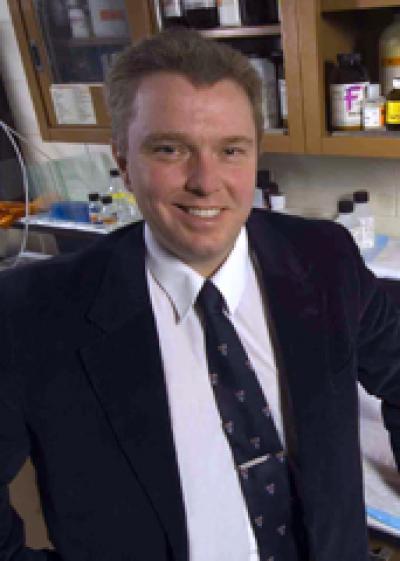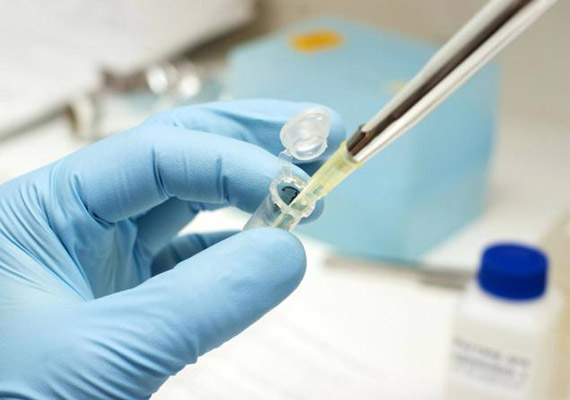Patients with so-called triple negative breast cancer appeared to have double the response rate to the regimen containing AbbVie’s veliparib in a new type of study
Women with an especially deadly type of breast cancer who received a treatment regimen containing an experimental AbbVie Inc drug prior to surgery are likely to have a significantly better response than those who get a standard chemotherapy regimen, according to data from a clinical trial.
Patients with so-called triple negative breast cancer, who tend to be younger and have a very poor prognosis, appeared to have double the response rate to the regimen containing AbbVie’s veliparib in a new type of study that exploits advances in molecular understanding of the disease, researchers found.
The trial dubbed I-SPY 2 is another step toward developing more personalised treatments. Its design allows researchers to continuously monitor how patients respond as the trial progresses and move patients into arms of the study testing drugs from which they are more likely to gain benefit.
This type of trial should help companies select the right group of patients to enroll into larger, more traditional late stage clinical trials, potentially cutting the cost of bringing new medicines to market.
Drugmakers are under increasing pressure to cut the cost of new medicines that put a huge burden on healthcare systems. One way to do that would be through more efficient, alternative testing methods that lead to fewer trial failures.
“It’s a very nimble trial design that allows you to enroll a fairly small number of patients and come to a fairly high certainty of success (in later larger trials) in a specific subset of patients,” explained Dr. Hope Rugo, who presented the data at the San Antonio Breast Cancer Symposium on Friday.
If a drug combination starts to look like it is working better on patients with one type of breast cancer, the trial design allows for more patients with that type of cancer to move into that arm of the study, said Rugo, director of breast oncology and clinical trials education at the UCSF Helen Diller Family Comprehensive Cancer Center in San Francisco.
The US Food and Drug Administration, which signed off on the trial design, has said that if a study drug helps cure significantly more cancers, it could be given a provisional type of accelerated approval.
Faster development, reduced cost
“If we can get a better idea of who benefits early, it’s going to be an enormous change in the way we test new agents, and not just for breast cancer but for other malignancies as well,” Rugo said.
“You could avoid doing a 3,500 patient trial in a group of patients who you thought might benefit but don’t,” she said. “We’ll be able to get the drugs to the patients who need them much more quickly and at reduced cost.”
The I-SPY program is testing a variety of experimental medicines from several drugmakers in the neoadjuvant, or pre-surgery, setting in high-risk patients. Rugo was presenting the portion of the trial that involved the AbbVie drug.
In that arm of the study involving 71 high risk patients, the researchers were testing to see whether the treatment, given before surgery, could eliminate any evidence of invasive cancer in breast tissue and lymph nodes removed during subsequent surgery – a measurement known as pathologic complete response (PCR).
They found an estimated PCR in 52 per cent of women who were treated with AbbVie’s veliparib plus the chemotherapies carboplatin and paclitaxel. That compared with a 26 percent PCR rate in those who just got standard paclitaxel. Both groups also received anthracycline-based chemotherapy prior to surgery.
“If we can increase the number of patients who have no invasive cancer, we expect that this will translate into better survival,” Rugo said.
Most breast cancer tumors are estrogen-receptor positive, fueled by the hormone estrogen. About 20 per cent are HER2-positive, meaning a protein called HER2 is prevalent. A third type is driven by the hormone progesterone. All of these have potentially effective treatment options even after recurrence.
Triple-negative tumors – about 15 per cent of breast cancers – lack estrogen, progesterone or HER2 receptors needed for most drugs to work. If the tumor does not respond to chemotherapy, there are currently no alternatives and the typical survival rate after recurrence is less than two years.
More women treated with veliparib and carboplatin dropped out of the study due to side effects, whereas discontinuations in the control arm were primarily due to disease progression.
Rugo said she looked forward to further study of the AbbVie drug, noting that the trial design did not separate which effects were due to veliparib and which to carboplatin.
However, she said, the doubling of response rates was “very encouraging to us and suggests that veliparib is playing an important role in the enhanced response that we’re seeing.”
Source: Khaleej times











